SPF explained-What is it and how does it work!

You've probably wondered this at one point after seeing the acronym repeatedly on various sunblock bottles/tubes or even make-up!
What is SPF or Sun Protection Factor?
Some of us get the wrong impression that SPF indicates the strength of the product. SPF stands for the measurement of time, for how long it is safe to stay in sun exposure. Simply, it provides us with a measure of how long a sunscreen spray will protect our skin from UV rays that cause sunburn, cancer and other skin damages.
For instance, if your skin starts burning after 10 minutes, a sun protection spray with a 20 SPF rating would protect your skin for 200 minutes (a factor of 20 times longer). Of course, the tendency of burning without the sunblock under the sun varies from individual to individual, but we’ve made a vague guess by considering it 10 minutes. If your skin starts burning after 15 minutes, you’ll get a protection of 300 minutes with the same 20 SPF rating sun protection cream.
Sunscreen application frequency and the SPF (Sun Protection Factor)

As far as the time to burn is concerned, if you’re thin skinned, you’ll start burning sooner as compared to a person with dark or thick skin. But the measure is just suitable for ideal situation if we consider certain aspects. In fact, there are few problems with the calculation. The calculation assumes that you don’t lose the coverage of sunscreen spray due to sweating or going into the water. Besides, it also doesn’t take into account the weather harshness, geographic location, humidity factor, time of the year and even the time of the day.
So the ideal thing is to apply the sunblock after every couple of hours or after swimming despite what the product may represent regarding being waterproof. In addition to that, you must apply the proper amount (2mg/cm2 of skin, or about one ounce for full body coverage).
What’s the best SPF?
SPF is available in different categories of the numeric system. In a general perspective, anything below SPF 15 is not worth buying because it will not offer the best protection for the money you are spending. Any sun protection spray of up to 15 or in higher 20s offer the best and durable protection from the damaging sun rays, however it still allows a small amount of penetration. If you want a comprehensive protection, then you must go for SPF 30 or above. Remember even SPF doesn’t mean it is going to protect you 50 times longer than if you were unprotected before getting a sunburn.

You can see that after reaching SPF 30, you don’t get a higher protection. So it’s good to stay in that range between SPF 15 to SPF 30.
PA sunscreen rating
You might have seen PA rating along with SPF and you’re either confused or ignored it completely. It shows the protection from UVA rays. PA (Protection Grade of UVA rays) is based on the PPD (Persistent Pigment Darkening) for up to 2 to 4 hour’s sunlight. You can see the sign PA+, PA++ and PA+++, showing that the more the + sign, the more protection from UVA rays.

PA+ is for the PPD of 2-4 hours and good for mild skin. PA++ is for the PPD of 4-8 hours and good for normal skin. PA+++ is for the PPD of more than 8 hours and it is the highest protection available currently.
PA++++ = Amazingly High UVA protection.
PA+++ = High UVA protection.
PA++ = Moderate UVA protection.
PA+ = Some UVA protection.

Go for Broad Spectrum
Most of the sunscreens are labeled with broad spectrum. It means the sunblock offers protection against both UVA and UVB. You must use a sunscreen that protects you from both UVA and UVB radiation.
UVA (ultraviolet A) 315–400nm wavelength
These mainly cause sunburn, sagginess and are the main cause of tanning. Your skin starts developing dark patches with the passage of the time. It injures the DNA and the skin gets darker to prevent further DNA damage. It can also result in skin cancer.
If you want to stay protected against these harmful rays, consider the above PA+ chart. Check the sunscreen spray label before buying it.
UVB (ultraviolet B) 280–315 nm wavelength
UVB rays does not cause sunburn or rashes but it severally damages the skin. In worst cases, it can result in skin cancer. Besides, it also causes hyperpigmentation.
Unlike UVA rays, these are stronger during the summer. However, they are reflected off snow or water so you need protection even during the winter. Zero percent of the UVB rays are reflected so your skin gets a double dose. These are most prevalent between 10 AM and 4 PM from April to October.

Final thought
Irrespective of the type of sun protection spray you may choose to protect your skin and hair from the sun rays, apply it generously to cover your hair, face, neck, arms, legs and other body parts.
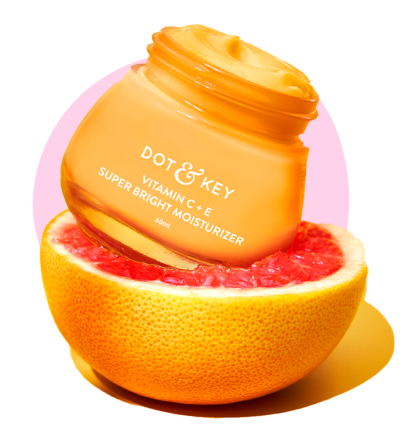
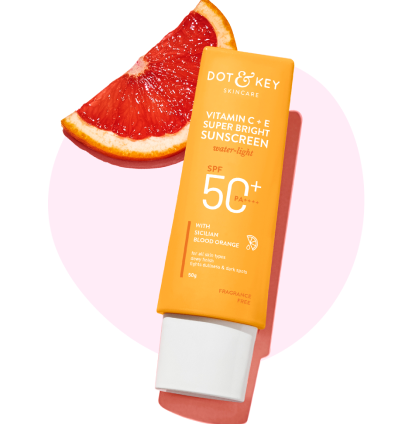
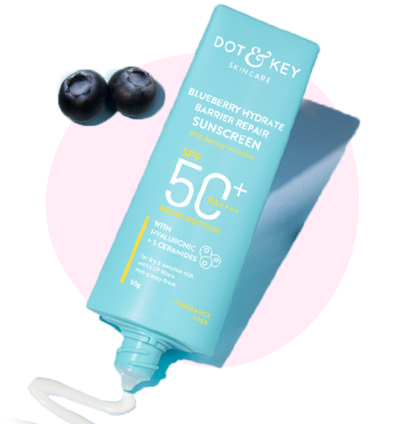
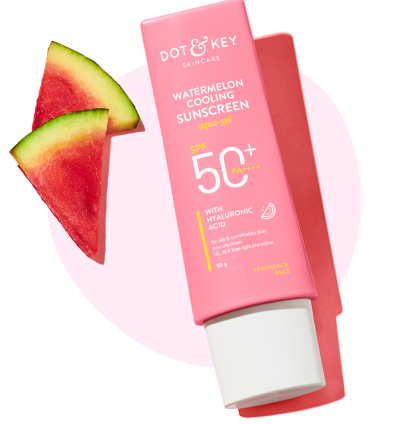
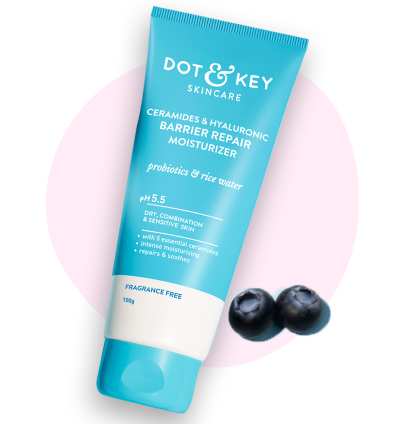
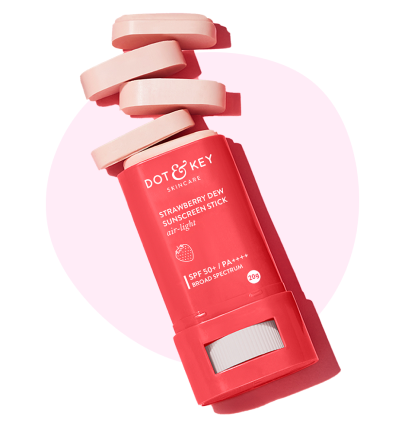
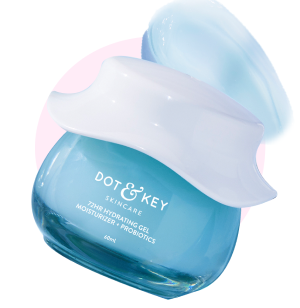

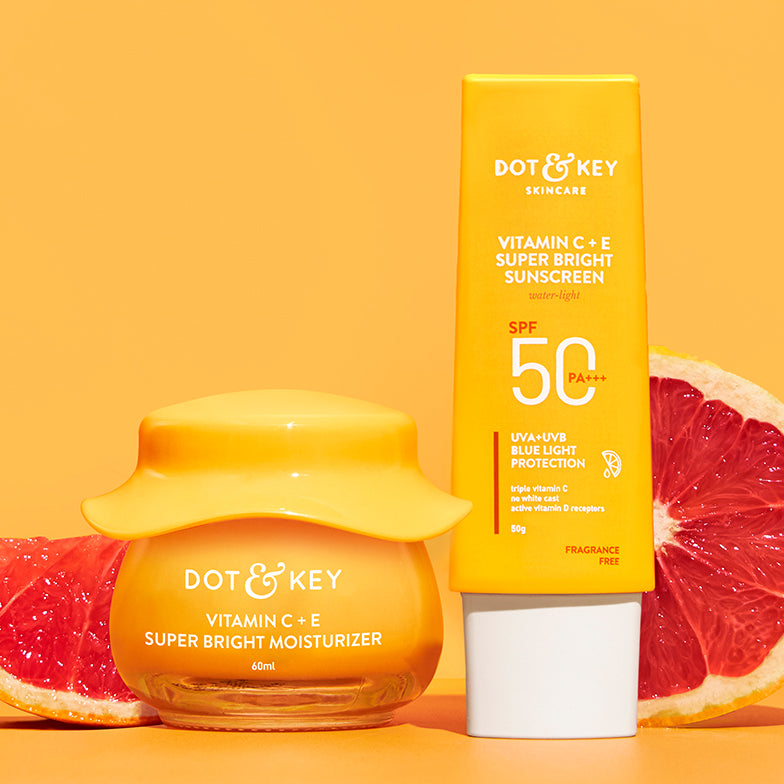





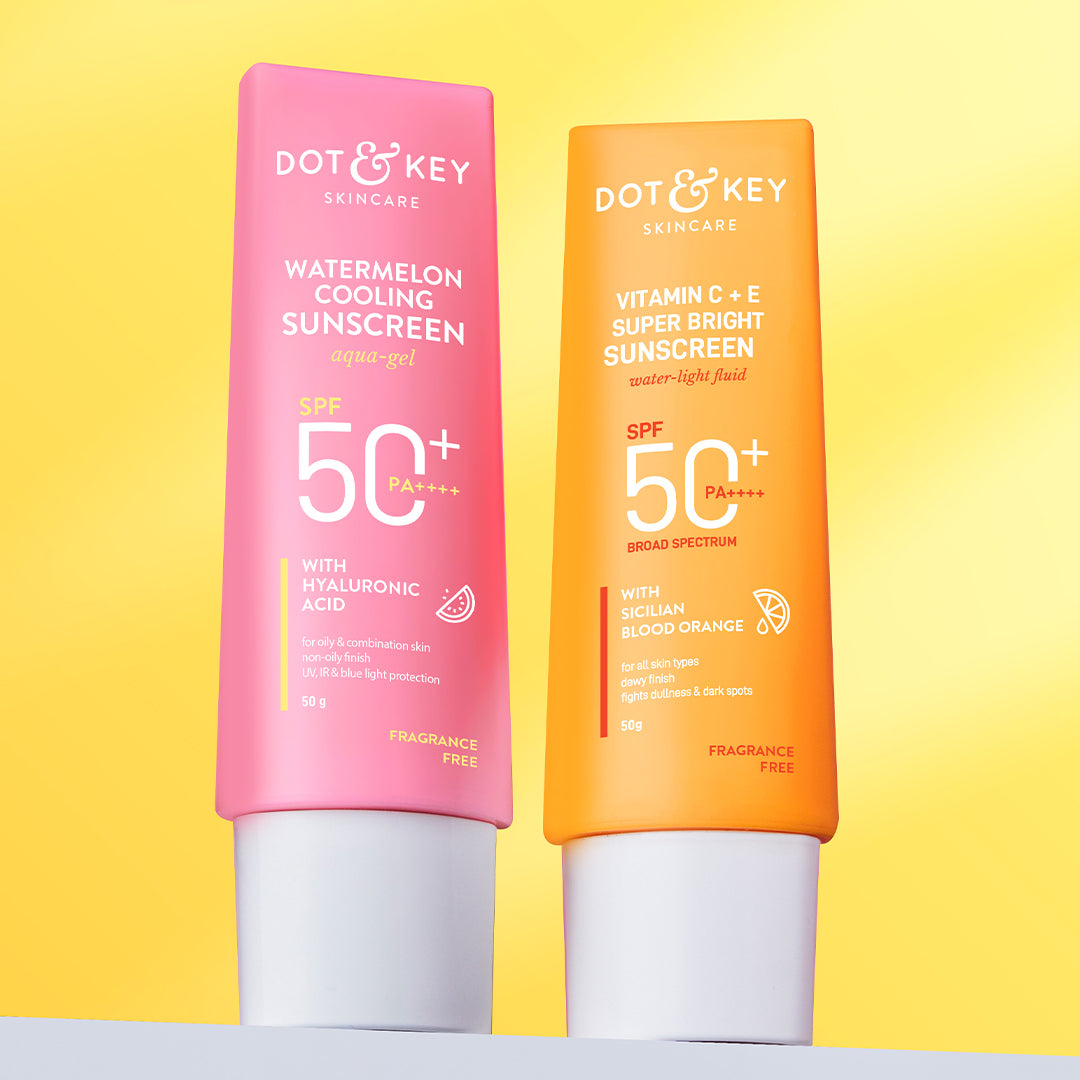



Leave a comment